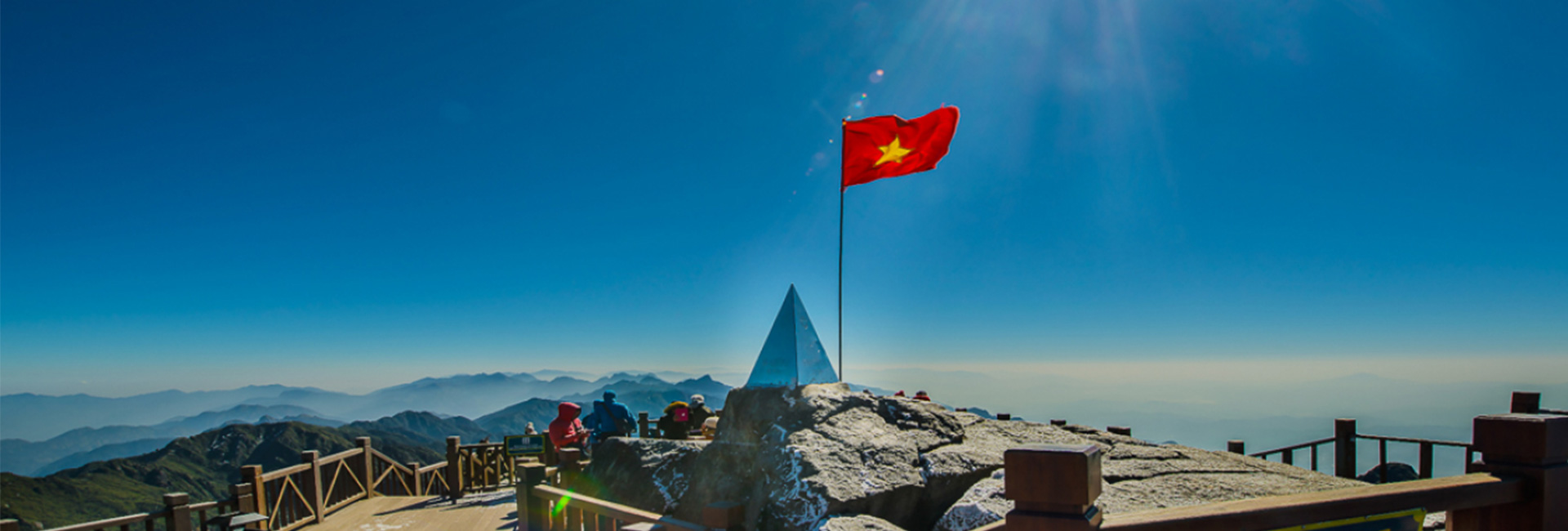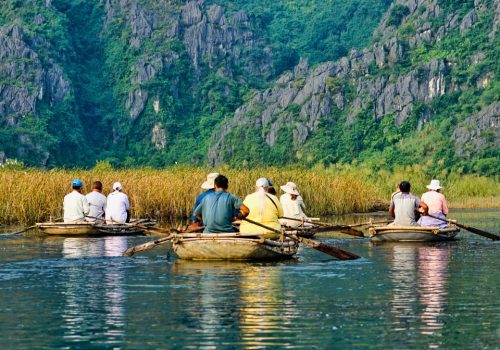Sapa Trekking is one of the must-do things when coming to this Vietnam mountain area. Known for its breathtaking landscapes, vibrant hill tribes, and rich cultural heritage, Sapa offers an unforgettable trekking adventure. In this comprehensive Sapa trekking guide, we’ll provide you with all the essential information you need to know before embarking on your Sapa trekking journey.
When did Sapa Trekking appear?
Trekking in Sapa has a rich history that dates back to the early 1900s. The region’s stunning landscapes and vibrant ethnic minority cultures have attracted trekkers for over a century. Sapa town, the gateway to the region, was originally developed by the French as a hill station and a retreat from the heat of Hanoi.
During the 1940s, Vietnamese independence fighters drove the French colonists out of the region, resulting in the bombing of Sapa town and leaving it in ruins. The area remained relatively undeveloped until the 1990s when redevelopment efforts began, and tourism started to flourish once again.
Today, trekking in Sapa has become one of the most popular tourist activities in Vietnam, attracting adventurers from around the world who are eager to explore its breathtaking landscapes and immerse themselves in the local culture.
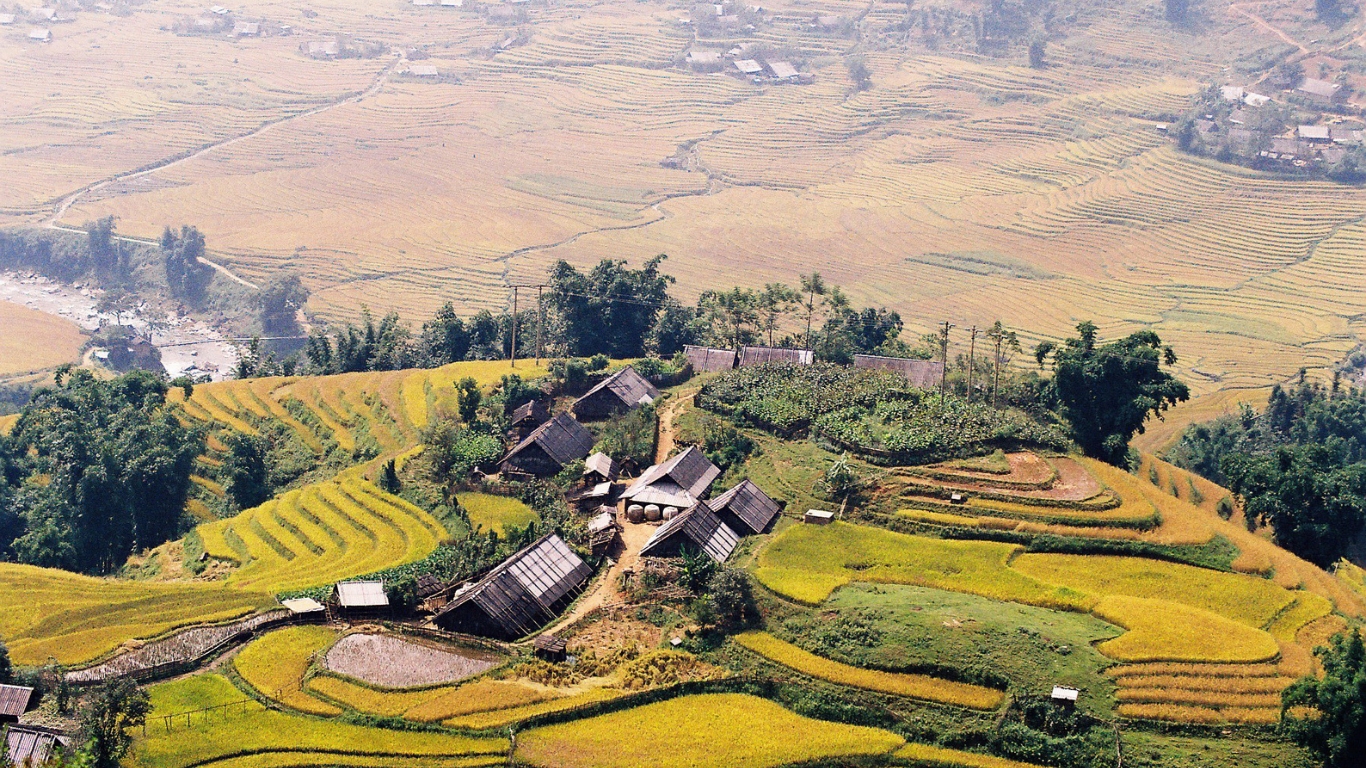
What can you expect in a Sapa Trekking?
From the awe-inspiring beauty of Northern Vietnam mountains to witnessing traditional cultures and the local life of Hmong, Dzao minorities, you can have it all in a Sapa trekking tour:
The breathtaking view of mountain terraces:
- Stunning terraced rice fields with cascading shades of green (and a fact is locals don’t sell rice from these terraces, they use it to feed their families)
- Panoramic views of majestic mountains, including Fansipan – the highest mountain in Indochina.
- Mystical mist rolls through valleys, adding an enchanting ambiance, for example, Muong Hoa Valley – the paradise of Sapa.
- Vibrant hill tribe villages with traditional stilt houses and colorful attire.
- Waterfalls and rivers that enhance the natural beauty of the landscape
Unique Ethnic minorities’s culture and their traditional life:
- Interactions with ethnic minority groups like H’Mong, Dao, and Dai.
- Exploring lively local markets with handicrafts and local delicacies.
- Optional homestays for a deeper immersion into the local culture and hospitality.
- Well-known local history and traditional ethnic minority practices, such as local funeral rituals, young marriage customs, how each minority views each other, local medical care as well as the development of Sapa day by day, etc.
What Is the Best Month to Trek in Sapa?
The best time to embark on a Sapa trekking adventure is during the dry season, which typically runs from March to May and middle August to early October. During these months, the weather is relatively stable, with mild temperatures and lower chances of rain. The landscapes are lush and vibrant, making for stunning trekking experiences.
For the best view of the mountain terrace, you should go to Sapa harvest season, which is only one time for a month from the middle of August to early September. Normally, the 5th of September is the last day of harvest season in Sapa.
Alternatively, the summer months (from May to August) could be very hot, and the sun is very harsh for trekking. Meanwhile, the wet season will be very slippery for you to trek. Rain makes the trekking route in Sapa more muddy and hard to go.
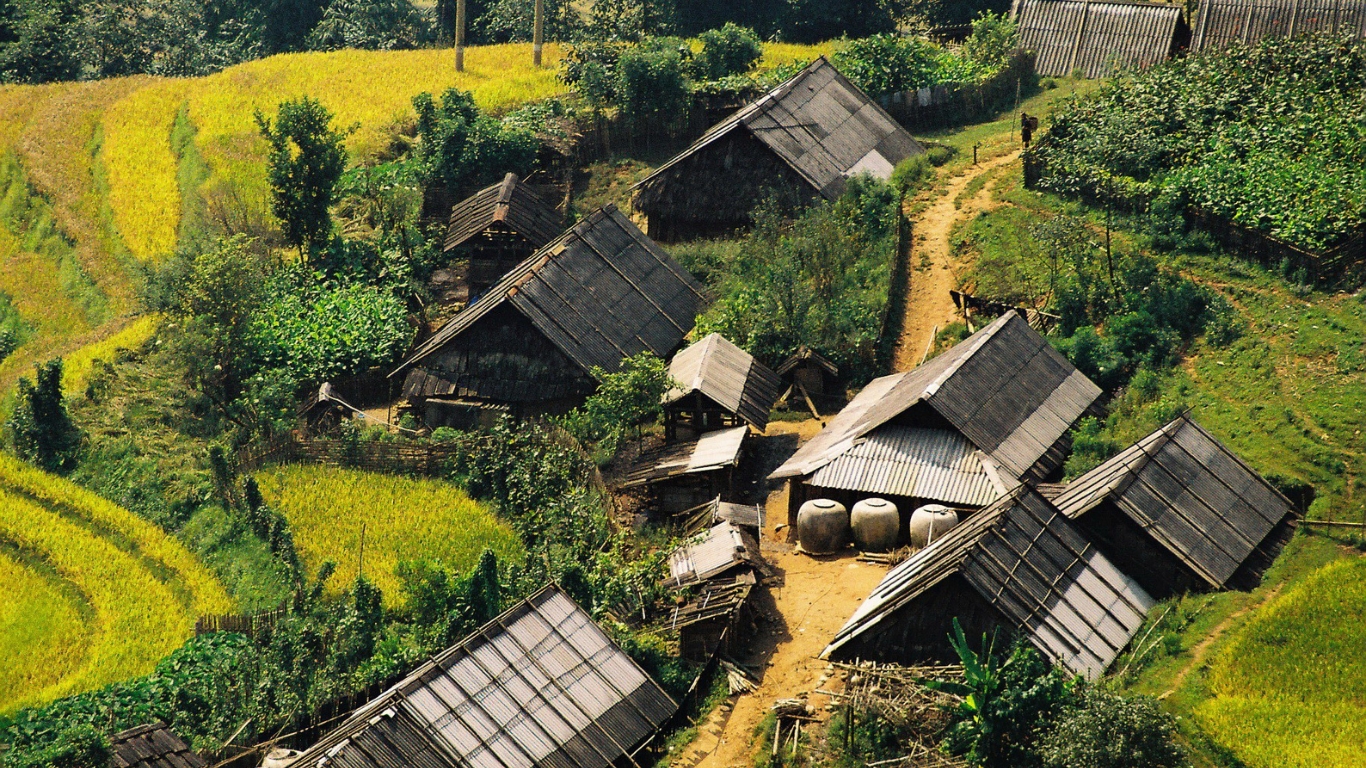
Common Routes and Hidden Routes
Common Routes
When it comes to trekking routes in Sapa, the most popular one is the journey from Sapa town to the village of Lao Chai and further to Ta Van. This route takes you through breathtaking rice terraces, charming villages, and scenic landscapes. You’ll have the opportunity to interact with the local ethnic tribes and learn about their unique traditions and customs.
Some other common routes in Sapa:
- Y Linh Ho – Lao Chai – Ta Van Village
- Ma Tra – Ta Phin Village
- Cat Cat Village
However, because of the common and attract various tourists, you will be persistently manipulated by the Hmong people here and it may affect your experience.
Hidden Routes
If you’re looking to explore the less touristy and hidden routes in Sapa, it’s advisable to venture further from Sapa town and enlist the services of a knowledgeable local guide. A local guide who is an expert in the area can cater to your specific preferences and take you to lesser-known villages that are not typically included in organized treks or popular tourist routes.
Keep in mind that exploring these less touristy routes may require additional time and effort, as they often involve longer treks or hikes. However, the reward lies in the opportunity to discover untouched beauty and cultural authenticity that may be missed in more popular tourist areas. By choosing this path, you can have a unique and personalized experience that goes beyond the standard routes and allows you to create lasting memories of Sapa.
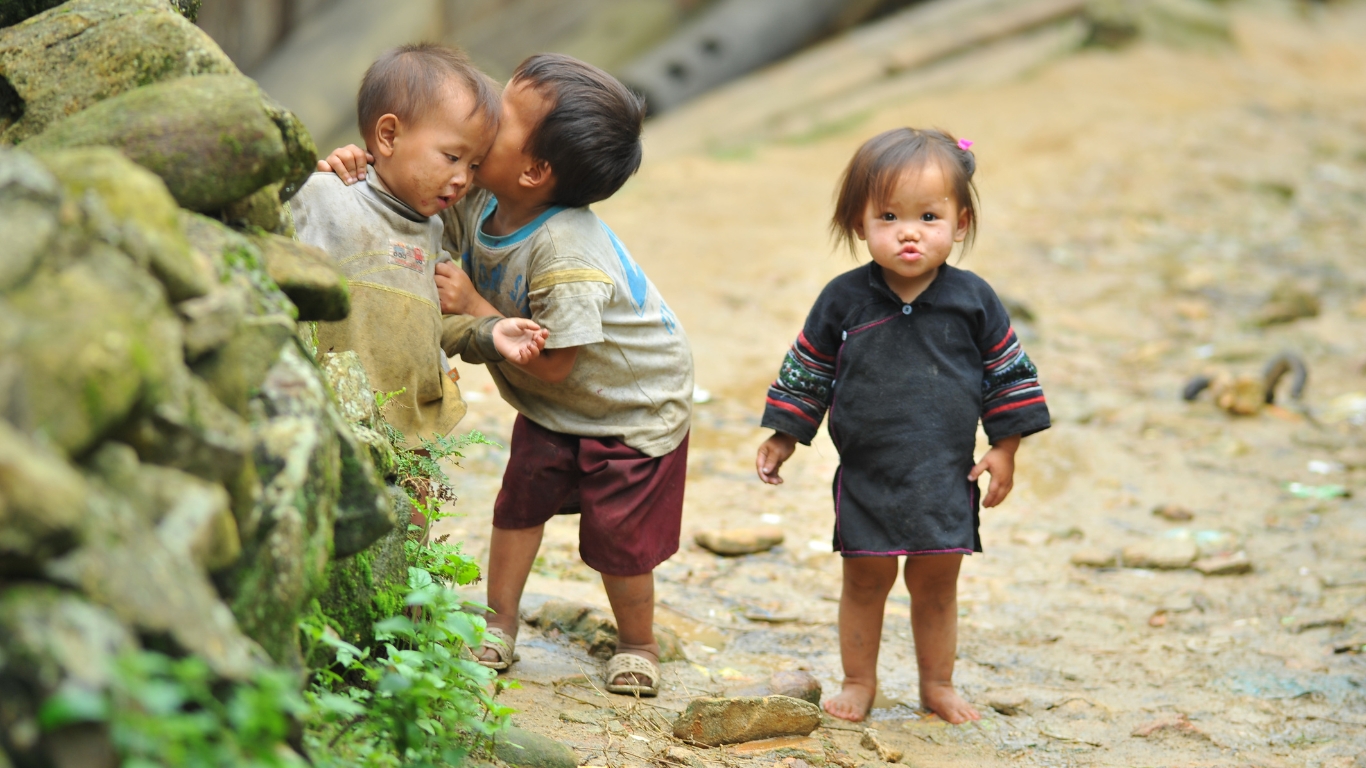
What Should I Pack?
Packing the right essentials is crucial to ensure a comfortable and enjoyable trekking experience in Sapa. Here are some items you should consider bringing:
- Proper trekking gear: Invest in sturdy, waterproof hiking boots, comfortable clothing suitable for layering, and a rain jacket.
- Backpack: Choose a durable backpack to carry your essentials, including a water bottle, snacks, sunscreen, insect repellent, and a first aid kit.
- Trekking poles: These can provide stability and support, especially during steep descents.
- Reusable water bottle: Stay hydrated by carrying a reusable water bottle and purifying tablets.
- Camera: Capture the stunning landscapes and cultural encounters during your trek.
- Travel adapter: Sapa uses Type A/C power outlets, so bring an appropriate adapter for your electronics.
- If visiting in the rainy season, remember to bring a raincoat. A raincoat is very useful for you when trekking under the rain in Sapa
To ensure a more convenient trekking experience in Sapa and avoid unnecessary weight during your trekking adventure, it is recommended to leave your luggage at the hotel or homestay. Only carry a small backpack with essential items such as medicine, sunscreen, sunglasses, water, and your phone. If you need to check out, you can leave your suitcase at the reception and retrieve it later when you return from the trek.
Moreover, for a perfect Sapa trekking, you need to have good health as well as prepare logistics and your psychology thoughtfully. About 3-5 days before hiking, you should practice exercises such as walking, yoga, jogging, and limit smoking. Especially relaxing yourself to feel well comfortable and fun.
Must-read useful Trekking Advice
Local Organization or Local Trekking Guide?
When planning your Sapa trekking adventure, you have the option to hire a local trekking guide or join a local organization’s organized trek. Both options have their advantages.
Local Organization
Pros
- Local expertise and insights
- Support for the local community
- Customized itineraries
- Cultural exchange opportunities
Cons
- Higher prices compared to other options
- Limited diversity in routes offered
Local Trekking Guide
Pros
- In-depth Local Knowledge of ethnic minorities
- Support jobs and increase local life qualities
- Flexibility and Customization trekking tour
- Having your own guide for the entire trekking tour instead of sharing with many other people
- A local guide can facilitate meaningful interactions with local communities, acting as a bridge for cultural exchange.
- A little bit cheaper than a local organization
Cons
- They may not be expert guides so could have not been available for first aid or rescue
- Many threats of scam
Can I have a local guide in a legit way?
Certainly! You can have a local guide in a legitimate way by booking a private trekking tour that allows you to customize your experience according to your preferences. Vietnam Travel Online, for example, has an extensive network of local guides from various ethnic minority groups, such as Black Hmong, who can provide authentic insights and take you to less touristy villages. They can cater to your specific requirements and help create a unique and personalized trekking experience.
Booking a trekking tour with a local guide through Vietnam Travel Online, besides the experience of local culture, and having lunch with locals in their house, also decreases the threat of scammers on the street.
Homestay or Sapa Hotel for Trekking?
One of the unique aspects of trekking in Sapa is the opportunity to experience a homestay with local ethnic families. Homestays offer an authentic cultural immersion, allowing you to witness the daily life of the locals and savor traditional meals.
Alternatively, if you prefer more comfort and convenience, you can opt for a hotel in Sapa town. Hotels provide a range of amenities, including comfortable beds, hot showers, and dining options. Consider your preferences for cultural immersion, comfort, and budget when deciding between a homestay and a hotel.
How Many Days Is Enough for Sapa Trekking?
The duration of your Sapa trekking adventure depends on your preferences and the routes you choose. For the popular Sapa-Lao Chai-Ta Van route, a 2-3 day trek is recommended to fully immerse yourself in the stunning landscapes and interact with the local communities. If you plan to climb Mount Fansipan, the trek usually takes 2-3 days, depending on your fitness level and chosen route.
Ultimately, the number of days you spend in Sapa will determine the depth of your experience. Take into account the time required for acclimatization, rest days, and exploration of the surrounding areas to make the most of your trekking adventure.
How Much Does Trekking in Sapa Cost?
The cost of trekking in Sapa can vary depending on several factors, including the duration of your trek, the services you choose, and whether you hire a guide or join an organized tour. On average, a 2-3 day trek with a local guide can cost around $50-$100 per person, excluding accommodation and meals. If you opt for a homestay experience, the cost may include accommodation and meals, ranging from $20-$50 per person per night.
It’s important to note that prices can fluctuate, so it’s advisable to research and compare different options to find the one that suits your budget and preferences.
Is Sapa Too Touristy?
In conclusion, Sapa offers a remarkable trekking adventure filled with stunning landscapes, cultural encounters, and memorable experiences but on some sides, it could be a tourist trap for many reasons from over-exploitation of tourism. By considering the information provided in this guide, you’ll be well-prepared to embark on your Sapa trekking journey.
From Vietnam Travel Online Team – A brand of Indochina Voyages
Other tours you might consider
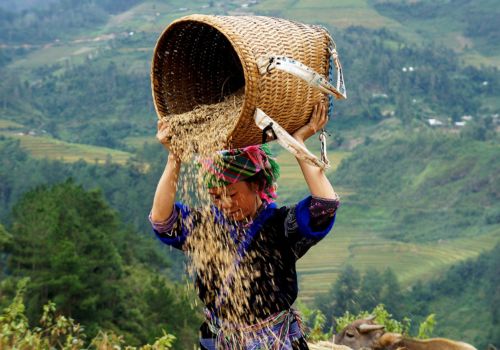
 Ha Giang - Quan Ba - Dong Van - Meo Vac - Hoang Su Phi - Bac Ha - Sapa
Ha Giang - Quan Ba - Dong Van - Meo Vac - Hoang Su Phi - Bac Ha - Sapa - Cultural, history & local learning
- Photography interest
- Eco & nature lovers
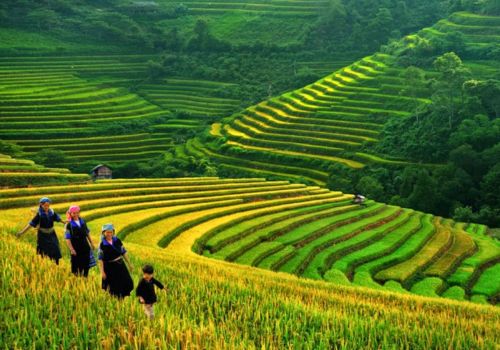
 Hanoi – Halong Bay – Sapa
Hanoi – Halong Bay – Sapa - Cultural, history & local learning
- Photography interest
- Leisure & a bit of everything


